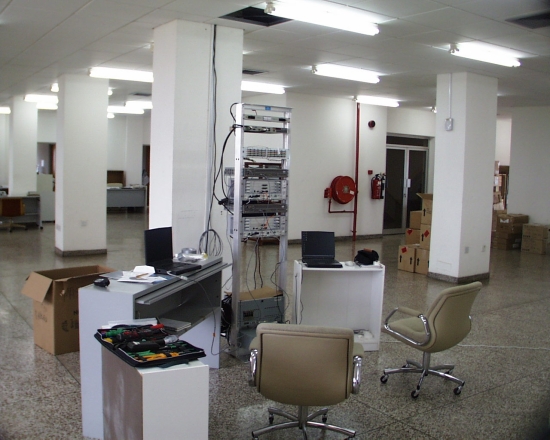Converting the UK’s obsolete office stock into residential accommodation could provide 11,500 new homes according to research from commercial property consultancy Lambert Smith Hampton. The findings are revealed in the company’s Office Market Review 2013 which identifies 27 per cent of total regional availability as obsolete – meaning it will never be let again.

The report highlights a major structural change in demand which has rendered these offices obsolete. Occupiers now require flexible, quality office space but less of it than they have in the past. Over the past two decades the amount of allocated space per person in the average UK office has halved and this trend is expected to continue.
This has left an oversupply of low quality properties for which occupier demand is unlikely to recover. This totals 11.7 million sq ft of which, the report states, 7.4 million sq ft is suitable for conversion.
In England property owners will shortly be able to convert office space to residential use without the need for planning permission, and the incentives for doing so are clear. The average capital value for residential property is £155 per sq ft. In comparison the average values for secondary and tertiary office space range from £30 to £80 per sq ft depending on location.
While London property prices offer the greatest incentive to landlords, eleven boroughs have been granted exemption from the new rules by the Department for Communities and Local Government.*
In the regions, on the other hand, where only a handful of exemption submissions were successful, there is ample opportunity for office to residential conversions, with Birmingham offering the greatest potential with 2.4 million sq ft of suitable space.
Lambert Smith Hampton believes that now is the time for landlords and developers everywhere to consider conversions which, they claim, will benefit both the residential and commercial property sectors.
Firstly it will provide 25 per cent of the new homes the government has pledged to build in 2013 and assist economic growth.
Secondly, as the report explains; “Obsolete office space is acting as a drag on the market, by artificially inflating the availability figures and discouraging new development in locations which have high levels of secondary and tertiary availability, but low levels of the type of office space that occupiers are increasingly targeting.”
Of course, the conversion of offices to other use classes is nothing new. What remains to be seen whether the relaxation of the planning regulations results in an increase significant enough to provide the homes Lambert Smith Hampton believes it is possible to create.
*Secondary legislation amending the Town and County Planning (General Permitted Development Order) 1995 was laid out by the Department for Communities and Local Government yesterday and is due to come in to force on 30 May 2013.
The announcement includes the news that, following careful assessment of all submissions for exemption, 17 local authorities have been successful.
These are; City of London and the London boroughs of Camden, Islington, Hackney, Tower Hamlets, Southwark, Lambeth, Wandsworth, Westminster, Newham and Kensington & Chelsea.
Other areas granted exemption are; Vale of the White Horse, Stevenage, Ashford (Kent), Seven Oaks, East Hampshire and Manchester.
Previous Post
Is the High Street About to Make a Comeback?